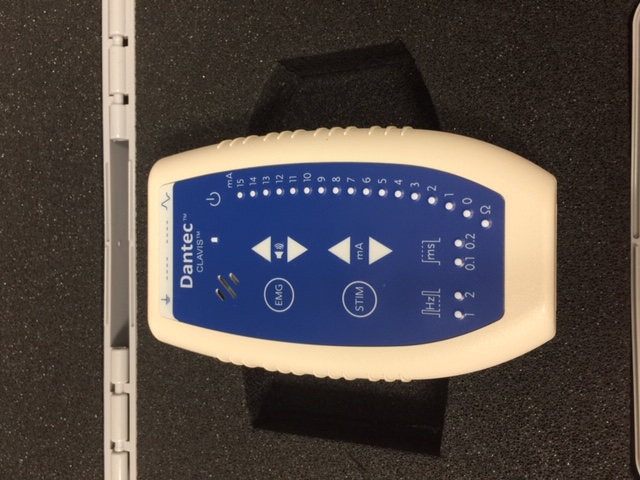Laryngeal EMG

Visualizing the vocal cords (folds) is one of the most important steps along the road to fixing a voice problem or hoarseness. At the Chicago Institute for Voice Care, Dr. Sims is trained in obtaining information from the laryngeal muscles and how they are controlled by the nervous system (the brain and the nerves).
Laryngeal electromyography (EMG) is a special test to assess the nerve signals in a particular muscle. A small instrument is placed directly in the muscle and the electrical activity can be seen on a screen to help understand how the signals are telling the muscle to move. With this procedure we can clarify if the signals are less than normal, hyperactive or atypical.
Laryngeal EMG (LEMG) is usually done in the office. The procedure begins by using a numbing cream on the neck. If needed, we will also administer some local anesthetic (lidocaine) to make you more comfortable and to reduce the chances of you coughing during the procedure.
Most patient feel some pressure and the urge to cough during the sampling of signals from the muscle. You can also hear the sounds of the electrical signals. IT sounds like static or crunching rice crispies, just to let you know.
Sometimes four different samples are taken from the muscles, two on the left side and two on the right. Sometimes, the LEMG is used to guide injections into the vocal folds. In either case, the procedure is relatively short.
Most patients can leave right after the procedure, though some prefer to sit in the waiting room and wait for the local anesthetic to wear off.